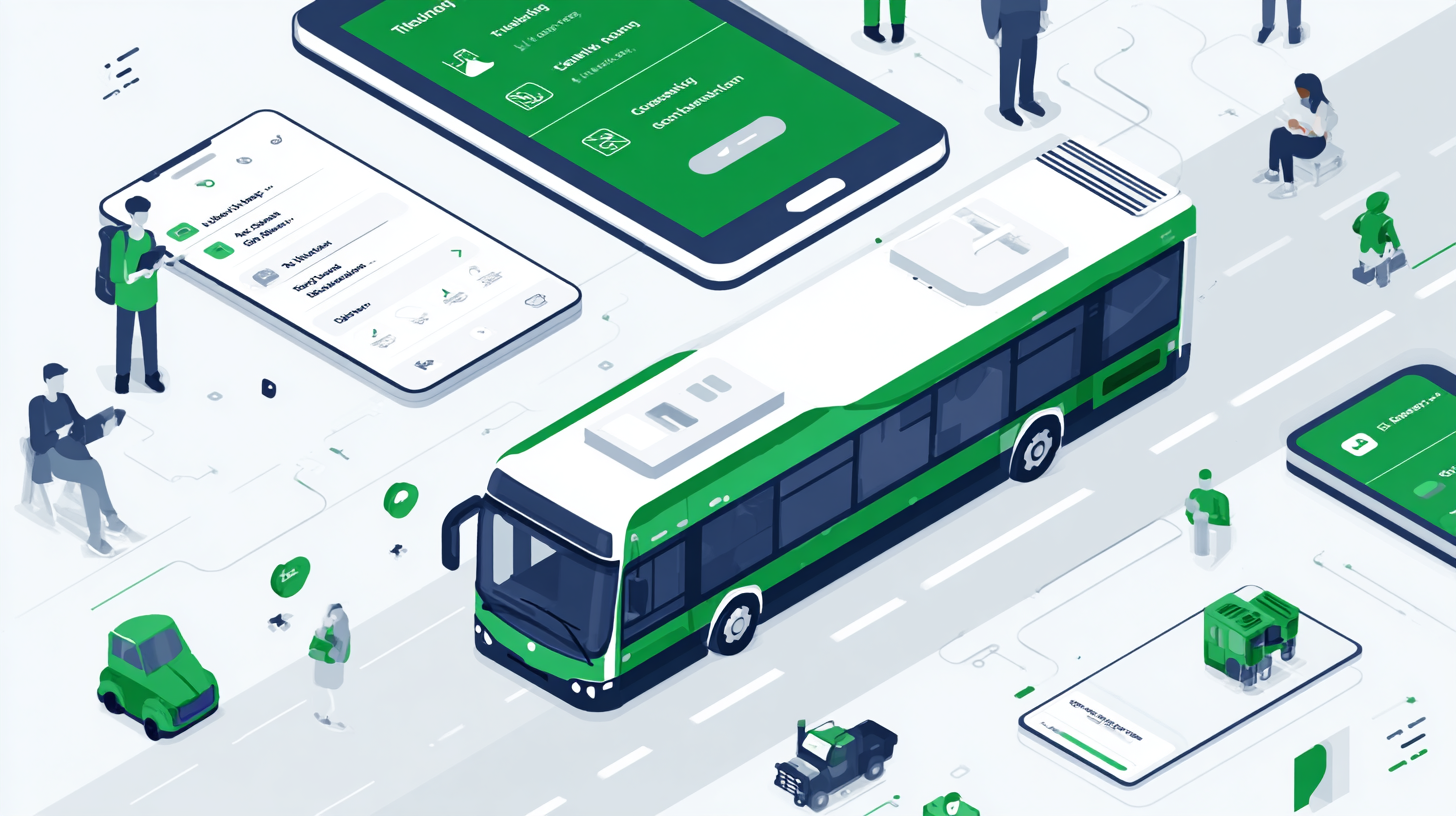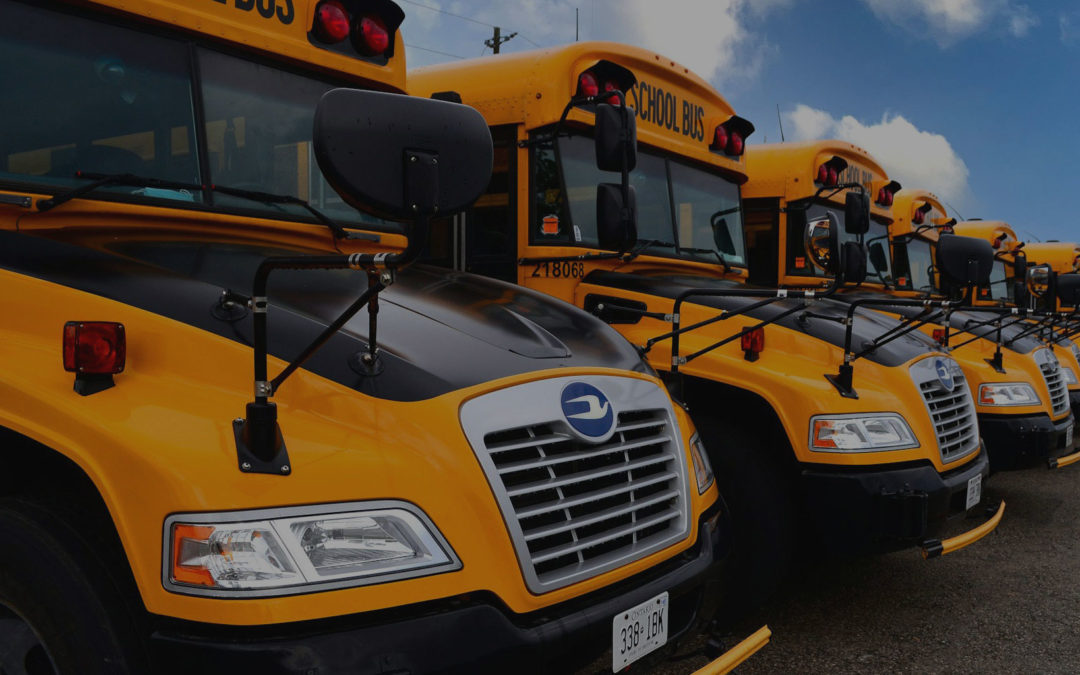School transport management is a critical part of any institution’s operations. It ensures that students arrive safely and on time, helping maintain the school day’s rhythm and giving parents peace of mind. However, while schools often focus on obvious challenges, many underlying risks quietly jeopardize the safety, efficiency, and cost-effectiveness of their transport systems.
In this post, we explore some of the hidden risks many schools overlook and show how Bunifu Go’s smart transport technology is designed to solve them, helping schools create safer, more efficient, and transparent transport operations.
- Inaccurate or missing student attendance
Many schools still rely on manual attendance registers or verbal confirmations for tracking students during transport. While this method may seem straightforward, it poses serious risks. Students can easily be missed or misplaced without immediate detection, and manual records are prone to errors, loss, or delays in reporting.
Bunifu Go addresses this by automatically recording student attendance the moment a child boards or alights the bus using smart scanning technology. This guarantees every student is accounted for in real time. The attendance data is securely stored and can be easily exported for reporting, audits, or parental communication which ensures accuracy, accountability, and peace of mind for schools and families alike.
- Inefficient routes leading to delays and increased costs
Outdated, poorly planned, or static routes cause buses to spend unnecessary time on the road, wasting fuel and creating delays. This inefficiency affects everyone. Students spend more time commuting, drivers face stress and confusion, and schools incur higher operational costs.
With intelligent route optimization algorithms, Bunifu Go analyzes student locations, traffic patterns, and road conditions to design the most efficient routes possible. By continuously updating routes based on real-time data, the platform helps transport managers reduce travel time, fuel consumption, and vehicle wear, leading to significant cost savings and smoother daily operations.
- Limited real-time visibility of the school bus location
Once buses leave the school grounds, many institutions lose track of their whereabouts, relying on driver updates or guesswork. This lack of visibility delays responses to emergencies, traffic jams, or other unforeseen events.
Bunifu Go provides live GPS tracking for every bus, giving schools full visibility into each trip’s progress. Transport managers can monitor buses in real time, quickly react to delays or issues, and keep parents informed with accurate, up-to-date information. This proactive approach significantly enhances safety and operational control.
- Communication gaps between schools and parents
Parents often experience uncertainty and anxiety when buses are late or schedules change, especially when communication is slow or inconsistent. This can lead to frustration, missed pick-ups, or even safety concerns.
To bridge this gap, Bunifu Go automatically sends instant notifications to parents about pick-up and drop-off times, delays, and route changes. This real-time communication builds trust and keeps parents informed without requiring constant calls or manual updates from school staff.
- Poor record keeping and reporting
Manual record-keeping is time-consuming, error-prone, and difficult to maintain consistently. It limits a school’s ability to analyze transport data, identify trends, or meet regulatory and safety requirements.
Bunifu Go digitizes all transport records, from attendance logs to route histories and trip summaries. Schools can easily export this data for audits, performance analysis, or compliance reporting. This streamlines administration and enables data-driven decision-making to continuously improve transport services.
Conclusion
Most transport risks don’t arise from catastrophic failures but from small, recurring issues that compound over time. These hidden risks can impact student safety, parent satisfaction, and school budgets if left unaddressed.
By adopting a comprehensive transport management system like Bunifu Go, schools harness technology to close these gaps hence turning transport into a predictable, efficient, and transparent service. It empowers transport managers, reassures parents, supports drivers, and ultimately creates a safer journey for every student.
Ready to transform your school transport management system? Book a free demo today and discover how our technology can integrate seamlessly into your school’s operations, delivering safety, savings, and peace of mind. Visit: https://bit.ly/42MxM1V or call: +254 758 592 949




